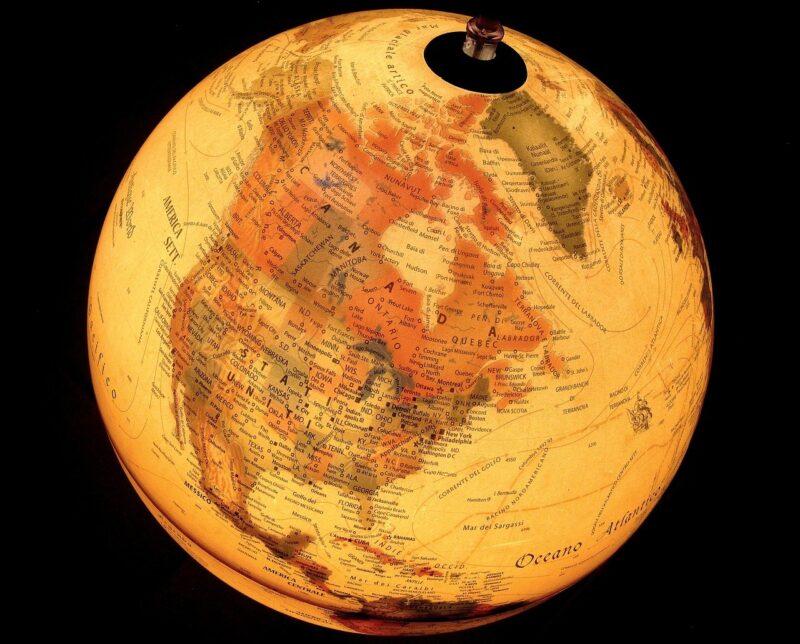As I’ve noted in earlier blogs, deep, often unconscious, assumptions impact how we see the world. This week, I’ve decided to tackle the primacy of the part versus that of the whole. This discussion is meaningful because our worldview impacts how we see a problem and its context in decision-making. When we prioritize a part of the system over the health of the whole system, we make decisions that create unintended consequences for the prosperity of the whole system.
Our current economic model prioritizes parts—like money or profit—as accurate measures of the health of the whole organization and our world. This has led us down a path that’s created a world with less resilience and vitality. Prioritizing parts damages our world’s biodiversity with costly repercussions, including severe negative impacts on the quality of life of future generations. Even in the shortest term, the weather disruptions caused by climate change are costing us billions of dollars.
Problems in the Parts
As a society in the USA, we report the news in parts on a 24/7 cycle. This creates a lot of noise and hides the interconnections embedded in the world. Because we’re seeing only the parts, we often chose simplistic solutions to complex problems, creating massive issues during implementation. Think about it—most systems we interact with, including global economics, political strife, climate change, and immigration, are incredibly complex. As much as we’d like to believe in the proverbial “silver bullet” they can’t be solved by a simple solution. Because so many immigrants are performing most of many tasks in our agriculture and food production systems, mass deportations will have enormous ripple effects. The same will be true for construction and many service industries.
How will the US economic system be impacted when all this labor becomes scarce? Only time will tell, but the predictions are concerning.
Nature Understands the Primacy of the Whole
Conversely, Nature always pays attention to the whole ecosystem. In fact, nature can’t be fully understood by viewing only one part of the system. It must be seen as a whole.
Nature is cleverly designed to create a system of dynamic equilibrium.
People who pay attention to the whole see the connectivity of the complex system. As a result, they can see when others choose simplistic solutions and what they refuse (or are unable) to see. Resilient systems and strong leaders pay attention to and manage the connectivity of the system. When we choose to prioritize only a part of the system, our decision-making becomes problematic.
Our Starting Point Impacts What We Choose to See
We see more connectivity within an interdependent system as our thinking and our selves evolve. We also pay attention to how the system responds to nudges over time. This helps us better understand the community, organization, or country we live and work in. When we use this more integrated view, several positive things happen:
- Our decisions have fewer unintended negative consequences.
- We make better decisions for ourselves and the lives of future generations.
- We make decisions over time with the “health of the whole” in mind.
Quantum physics offers a great explanation of this “parts vs. whole” discussion. At the quantum level of the universe, the deep, profound interdependence of the system cannot be understood from a parts point of view. If you were trying to see a red ball, for example, the more you see the color, the less you will see the shape. The only way to truly view the ball is to see it holistically.
Using a more personal example, someone may suggest we do more sit-ups if we want to lose belly fat. Because this is a simple solution to a complex problem, the advice doesn’t consider the interdependence of other parts of our body or the circumstances in our lives, like our diet or stress level. We develop a more successful strategy when we understand the full connectivity between the parts of our bodies and their interaction with everything around us.
Some Important Questions
As with any starting point, we have to ask ourselves:
How much do we want to evolve and expand our worldview as an exploration of the whole? Do we want to evaluate our lives based on one criterion or a complete set of metrics?
The great news is that our predisposition to choose between parts and wholes starts with a worldview that can be cultivated. Our larger culture is indeed packed with messages promoting the primacy of the part. But we can choose to develop a way to see things differently. We don’t have to make choices that only serve a part of the system and damage the rest. We can start collecting data over time that gives us a more accurate picture of how our decisions affect our whole lives, our families, and our present and future.






